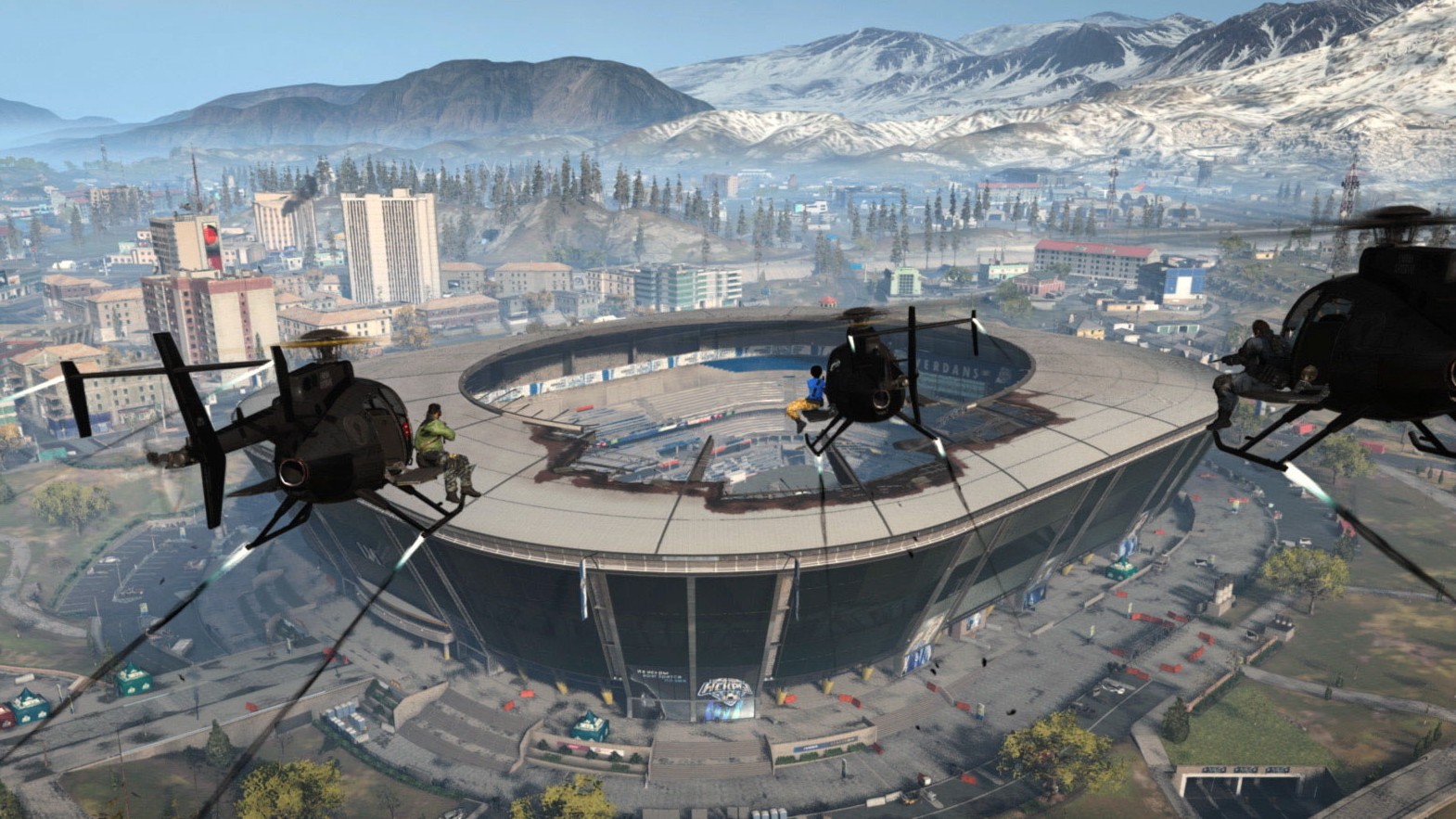Battle royale's mix of mouse and controllers is a good thing for gaming
There are two types of people in the world.

The crossplay revolution has happened. Fortnite was the icebreaker, smashing through the thin membrane separating PC and consoles and leaving us all sharing the same bath water. After initial resistance from PlayStation—which in fairness, doesn’t have the historical and business link to Windows that Xbox does—all of the major console manufacturers got on board, and crossplay is fast becoming the new standard for big budget multiplayer games. Warzone launched with it, and that inclusion will shape player expectations for years to come.
The advantages are universally enjoyed. A combined pool means stuffed lobbies and less latency, as players are paired with others in nearby regions. And developers benefit too: for smaller games that subsist on a low number of regulars, crossplay might be the difference between life and death.

A sea change like this doesn’t come without unusual side effects, however. In the spring, Modern Warfare players on console were turning off crossplay to escape cheaters on PC—sorry, mates, we don’t like them much either. And crossplay has brought the issue of mouse vs controller to a head like never before.
It used to be that mixing the two control methods was considered anathema. While Xbox and PlayStation pads are more or less interchangeable, a mouse is widely considered the easiest way to nail a target with precision. If it wasn’t, developers would never have devised aim assist for thumbsticks—a tool that snaps or pulls the crosshair toward nearby targets when looking down sights, which has helped the FPS genre thrive on consoles over the past two decades.
Research at Canada’s Human-Computer Interaction Lab, reported by The Washington Post, suggests that console players with aim assist get to spend less time thinking about shooting, and more about positioning and audio cues. By contrast, if you want to make full use of the PC’s strengths, you should keep your targets as far away as possible—the mouse shines at greater distances.

In other words, the two methods are utterly different, bringing attendant advantages and disadvantages. In a competitive arena, built to be perfectly balanced, it’s understandably frustrating to know your enemy might be working with better equipment—or wonder whether your victory was handed to you by opponents with lower handicaps. When a 14-year-old Fortnite player named sF Roller won a $25k Championship Series in May, he thanked aim assist, causing an international incident between the game’s PC and console communities.
The rise of battle royale, however, has given many of us different priorities. Players want to be matched with 149 others in seconds, and most of them will tolerate a variety of input devices for that privilege. It helps that there’s a relatively high level of luck involved in the genre; control scheme hardly feels like the defining factor in a match when you’re already subject to the vagaries of the encroaching circle. And Fall Guys? That’s anyone’s game.
Keep up to date with the most important stories and the best deals, as picked by the PC Gamer team.
Developers haven’t completely broken down the boundaries - games like Call of Duty still match like-for-like where possible. But there’s no doubt the world of multiplayer gaming has changed irreversibly as a result of crossplay. Just look to Apex, where players are developing hybrid strategies, using the mouse to engage enemies at long range, then swapping to the pad when they can see the whites of their eyes.

Perhaps it’s best that we ease up, as PC players, and accept a little disparity in the name of accessibility. Platform snobbery has always been uncomfortable from a class perspective, since consoles are much more affordable than gaming PCs. Let the esports organisers worry about balancing the top level—the rest of us can have more fun inviting everyone to the party.
Jeremy Peel is an award-nominated freelance journalist who has been writing and editing for PC Gamer over the past several years. His greatest success during that period was a pandemic article called "Every type of Fall Guy, classified", which kept the lights on at PCG for at least a week. He’s rested on his laurels ever since, indulging his love for ultra-deep, story-driven simulations by submitting monthly interviews with the designers behind Fallout, Dishonored and Deus Ex. He's also written columns on the likes of Jalopy, the ramshackle car game. You can find him on Patreon as The Peel Perspective.

